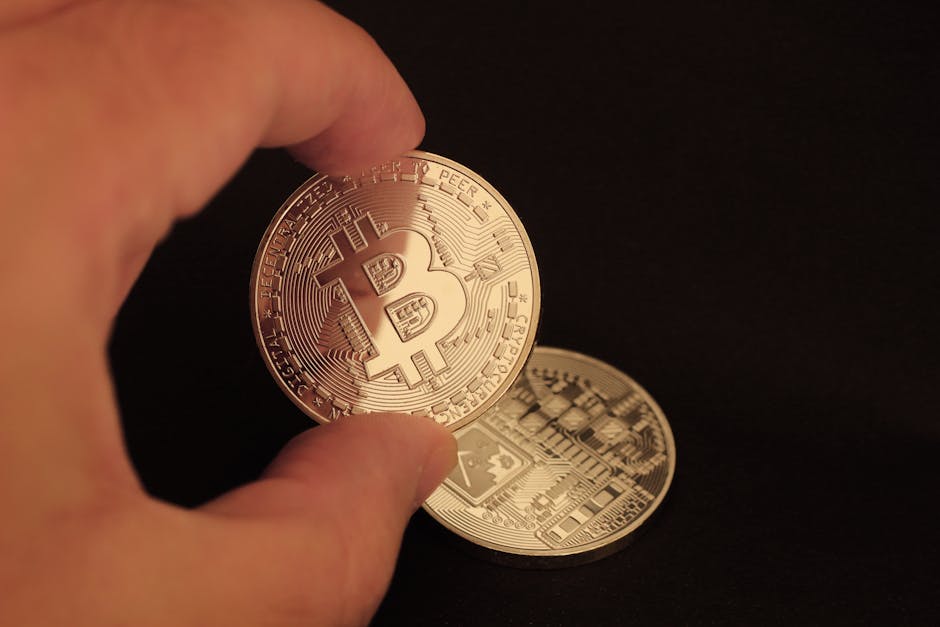
Ever wish borrowing money was cheaper? What if your mortgage or car loan could come with a lower interest rate? It sounds like a dream, right? Well, a top financial mind thinks a quiet revolution is underway that could make this a reality. And it involves something called stablecoins.
Stephen Miran, a Governor at the Federal Reserve, recently dropped a bombshell. He believes stablecoins aren't just a niche corner of the crypto world anymore. They're growing fast. So fast, in fact, they could reach multi-trillion dollar levels in just five years. And here's the kicker: this massive growth could actually help push down interest rates across the entire economy.
What Even *Are* Stablecoins? (And Why Should You Care?)
Let's cut through the jargon. You've heard of Bitcoin and Ethereum, right? Their prices go up and down like a rollercoaster. Stablecoins are different. Think of them as the calm, steady cousin in the crypto family. Their value is "pegged" or tied to something stable, usually a traditional currency like the U.S. dollar. So, one stablecoin often equals one U.S. dollar. This makes them super useful for everyday transactions, saving, and moving money around digitally without worrying about wild price swings.
They bridge the gap between traditional money and the fast-paced digital world. People use them to quickly send money globally, to trade other cryptocurrencies without cashing out to a bank, or even to earn yield in decentralized finance (DeFi). The demand for this digital stability is skyrocketing, making them a crucial part of the evolving crypto market and global finance landscape.
The Surprising Link: Stablecoins and Lower Interest Rates
Now, how does something so digital and seemingly futuristic affect something as old-school as interest rates? Governor Miran's explanation is fascinating. It all comes down to how stablecoins work behind the scenes and their impact on the broader financial system.
The "Reserves" Play a Key Role
For a stablecoin to maintain its "peg" to the dollar, it needs reserves. Think of these reserves as the cash and assets backing each stablecoin. To be safe and stable, stablecoin issuers typically hold these reserves in very secure, short-term investments. What kind of investments? Often, they are U.S. Treasury bills. These are essentially short-term loans to the U.S. government, considered one of the safest investments globally.
As demand for stablecoins grows, more and more money flows into these reserves. This means stablecoin issuers buy more U.S. Treasury bills. It's like a massive shopping spree for government debt. When there's huge demand for something, its price goes up. And for bonds like Treasury bills, when the price goes up, their yield (which is the interest rate they pay) goes down. This direct link between stablecoin growth and increased demand for safe assets is central to Miran's argument.
A Ripple Effect Across the Economy
Miran argues that this isn't just a small effect. With stablecoins potentially growing into the trillions, the sheer volume of money flowing into these safe assets could significantly impact their yields. This lowered yield on Treasury bills then acts like a ripple. It can influence other interest rates across the broader financial system, including those for mortgages, car loans, and business loans. Essentially, more money chasing safe assets makes those assets cheaper to borrow against for the government and potentially for everyone else. This shift in monetary policy indirectly influenced by digital money could lead to widespread low interest rates.
What This Means For Your Wallet
So, if Governor Miran is right, what could this mean for you, your savings, and your investment plans?
For Borrowers: This is potentially great news! Lower interest rates mean the cost of borrowing money goes down. A cheaper mortgage, a more affordable car loan, or lower rates on a small business loan could put more money back in your pocket every month. It could make big life purchases more accessible and stimulate economic activity, driving economic growth.
For Savers & Investors: The picture is a bit more mixed. If interest rates generally fall, the returns on traditional savings accounts or government bonds might also decrease. However, it also opens up new avenues. The very growth of stablecoins creates opportunities within the digital asset space for those looking to explore new forms of investment and yield generation, particularly in decentralized finance.
For the Economy: Cheaper borrowing costs generally boost economic growth. Businesses can invest more easily, consumers can spend more freely (on big-ticket items), and overall economic activity tends to pick up. This economic impact highlights the transformative potential of stablecoin demand.
The Road Ahead: Challenges and Opportunities
Of course, this isn't a done deal. The world of stablecoins and digital assets is still evolving. Regulation is a big topic of discussion, with governments worldwide trying to figure out the best way to oversee this new form of money, ensuring stability and consumer protection. There are also inherent risks to consider, just like with any financial product in the crypto market.
However, Governor Miran's insights offer a powerful glimpse into the future. They highlight how new digital technologies and blockchain are not just transforming how we interact online, but how they could fundamentally reshape traditional finance and even impact something as fundamental as the cost of money. The future of finance is actively being written.
The demand for stable, digital money is undeniable. As this demand continues to surge, keep an eye on these quiet innovators. They might just be the unsung heroes pushing down interest rates and making your financial dreams a little more attainable. The future of money is here, and it's looking increasingly stable – and potentially cheaper for everyone.
Keywords: Stablecoin demand, interest rates, Federal Reserve, Stephen Miran, Fed Governor, lower interest rates, digital money, cryptocurrency, financial system, economic impact, global finance, stablecoin growth, U.S. Treasury bills, blockchain, monetary policy, investment, savings, borrowers, future of finance, stablecoin regulation, crypto market, DeFi, economic growth
📎 Read also: JPMorgan Says Bitcoin 'Undervalued' Compared to Gold After Market Dip
